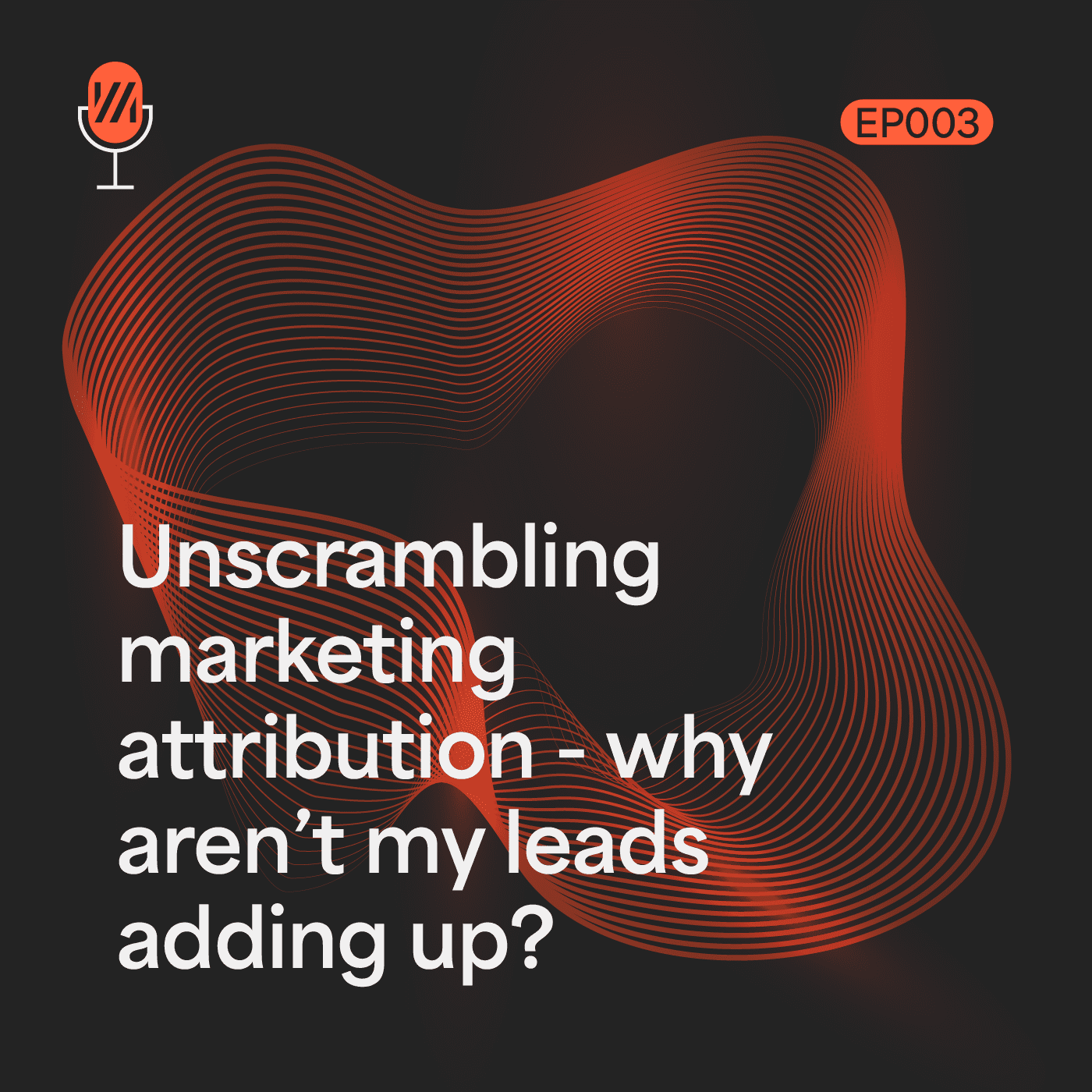However, we are here to talk about Google Ads and breakdown the 5 biggest updates and innovations. So let’s get started.


Average Positioning Banished From Google
In February, we learned that Google was getting rid of “average positioning” and wanted us to focus on newer metrics;
- Impr. (Absolute Top) % – the percentage of your ad impressions that are shown as the very first ad above the organic search results.
- Impr. (Top) % – the percentage of your ad impressions that are shown anywhere above the organic search results.
- Search (Absolute Top) IS – the impressions that you’ve received in the absolute top location (the very first ad above the organic search results) divided by the estimated number of impressions that you were eligible to receive in the top location.
- Search (Top) IS – the impressions that you’ve received in the top location (anywhere above the organic search results) compared to the estimated number of impressions that you were eligible to receive in the top location.
Enter Campaign-Level Conversions
In June, Google introduced campaign level conversions. Giving you the ability to select which conversion actions you want to track and optimize at campaign level.
With the campaign-level conversion setting, Google is allowing you to focus on specific conversions for specific campaigns. For example, if you had a “Contact Us Form Submission” conversion and only want this to be counted on a specific campaign. You can now select this within the settings and that campaign will solely count this conversion and ignore all other conversions that weren’t selected.
The Growth Of Phrase & Broad Match Modifier
In July, Google announced that phrase and broad match modifier keywords are now eligible to show for same-meaning close variants such as synonyms and paraphrases. Before this announcement, the only close variants that could trigger a phrase or broad match modifier keyword were plurals and misspellings.
The reason for this is that Google is trying to expand its search volume. However, if you keep a close eye on your search term report, add negative keywords, you should reduce invalid clicks.
Goodbye Accelerated Delivery, Hello Standard Delivery
In October, we found out that Google was retiring accelerated delivery and only allowing us to use standard delivery. Accelerated Delivery is no longer available for search and shopping campaigns, however, it still remains available for display and video campaigns.
- Standard delivery: Google spreads the delivery of your ads over the course of the entire day (or over the course of the schedule you’ve set).
- Accelerated delivery: Google enters your ads into every auction for which they’re eligible until your daily budget runs out.
If you have found that your ads performance has dipped because of the removal of accelerated. We suggest that you use positive bid adjustments for the early hours of the day to gain more market share.
Lead Form Ad Extensions
Also in October, Google introduced Lead Form Extensions. A new type of extension which is only available on mobile and tablet devices.
How do they work?, Well, any time that a lead form extension is opened, Google will track that as a click. Then once a customer submits their information into the lead form, Google will then count that as a conversion. A key benefit of lead form extensions is that they could help companies generate more leads straight from their search ads.

Goodbye 2019 And Hello 2020
As 2019, comes to an end, we are all excited to see what Google has next in store for us. Looking at Google my predictions for 2020 are:
- Creating detailed customer audience profiles – This will allow you to target and drill down on specific customers and the right time in the customers funnel.
- Creating long-tail / more conversational keywords campaigns for voice search – With the growth of mobile search and voice gadgets, I believe these will be the new style of keyword targeting.
Get In Touch Today
Find out how our digital marketing services can help your business grow!
Enter your details to receive a call back from us.




